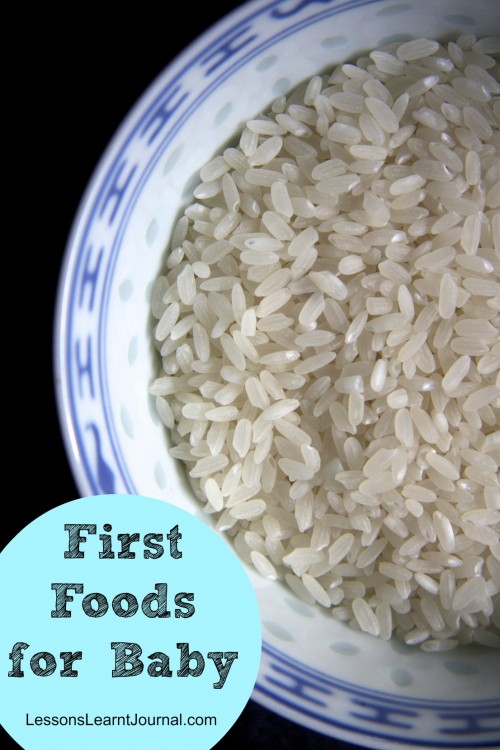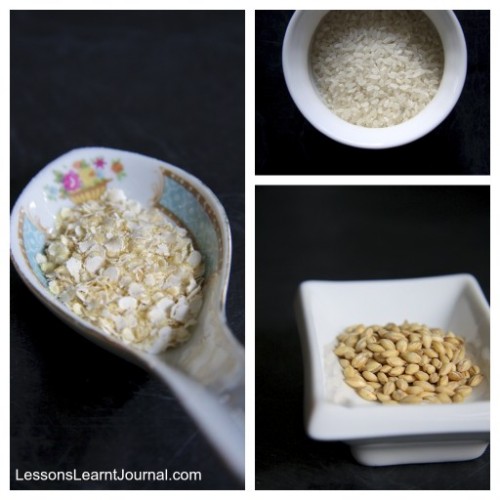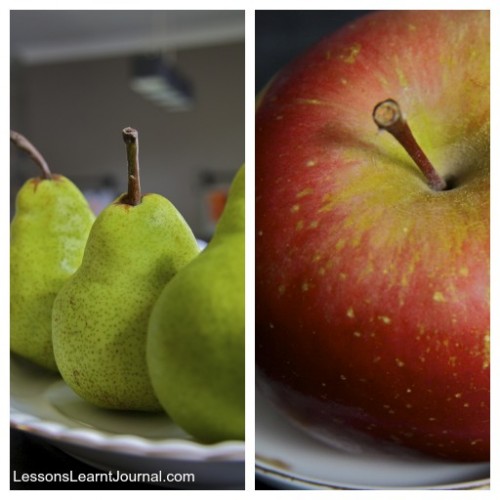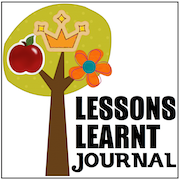I am a mother of four; all born within the tiny space of 3 and a half years of each other. I’ve had a lot of practice feeding babies: breastfeeding; bottle-feeding; complimentary feeding; weaning; blending up purees; freezing purees; cleaning up the floors, walls, babies and me. (Repeat).

Weaning: First Foods
I think feeding babies may possibly be like riding a bike. Once you do it, you never forget. But, I could be very wrong about this. Many times now, I find myself being very forgetful about the details of raising children. Once I pass through a certain phase of our family life, I am so engrossed with the next set of challenges, that remembering what we just did, to get through the previous phase, is near impossible.
That said, I’m keen to write down our tried and tested first foods for weaning our babies. I’m not a nutritionist or naturopath. I am a mother of four; who has had advice from a nutritionist and naturopath. These are some of our favourite first foods when weaning.
Grains
The very first food we give our children is rice porridge, (otherwise known as congee). It’s very simple to make. Wash some rice, (we use a medium grain rice). For every one part of rice, add nine parts of water. Bring it to a boil, then simmer until the rice is soft. Leave to cool and the consistency will thicken up. If you want, you may puree the congee even further using a blender.

In our children’s first year, we avoid where possible, foods containing gluten. This is based on advice given to us by our naturopath. We have found quinoa flakes to be an excellent alternative. It’s high in protein, iron and fibre; and gluten free. The quinoa flakes are super quick to cook as well. Quinoa has become a breakfast staple in our home.
Barley is also one of our other favourites. It’s a little lumpier in texture, which is great when our kids were ready to move onto more lumpy textured purees.
Fruit & Vegetables
Apples and pears are our go-to fruits. We mix some up with quinoa for breakfast; and if appetites are still ravishing after lunch or dinner, we serve it up as dessert.
When our twin baby boys experienced constipation, our paediatrician told us to feed them some pear. We didn’t believe it, but sure enough, pear did wonders to relieve our babies’ constipation. We’ve since fed pear to our other two babies and we’re most happy to report that they have regular bowel movements; (oh, how priorities change once one becomes a parent – tee hee hee).

With vegetables, anything goes, as long as it can be cooked and pureed. We try to have different coloured vegetables with each meal, a bit of orange and a bit of green is our rule of thumb. Our favourites include: pumpkin; zucchini; broccoli; potato; sweet potato; and carrots.

Meat
Once our babies were happily eating purees of the above, we would then introduce them to small amounts of meat: chicken, pork and fish.
A Typical Day of Meals
A typical day of meals for our babies would look like this:
Breakfast – a combination of fruit and quinoa.
Lunch – 1 part grain (rice/quinoa/barley); 1 part orange coloured vegetables; 1 part green coloured vegetables; 1 part meat.
Afternoon Tea – fruit (and optional quinoa).
Dinner – 1 part grain (rice/quinoa/barley); 1 part orange coloured vegetables; 1 part green coloured vegetables; 1 part meat.
Dessert – fruit (and optional quinoa).
Foods To Take Care With:
Again, I want to stress that I am not a nutritionist or naturopath. I am a mother of four, who is sharing what has worked well for our family.
Based on advice from our naturopath, to minimise potential allergic reactions, during our children’s first year, we avoid where possible, dairy products; beef; eggs; honey; nuts; and foods containing gluten.
Miss K is now 9 months old. In the blink of an eye she has conquered purees. Her appetite is increasing, and her hands are wanting to participate during meal times too. Now I need to start thinking about finger foods.

K: 9 months
















